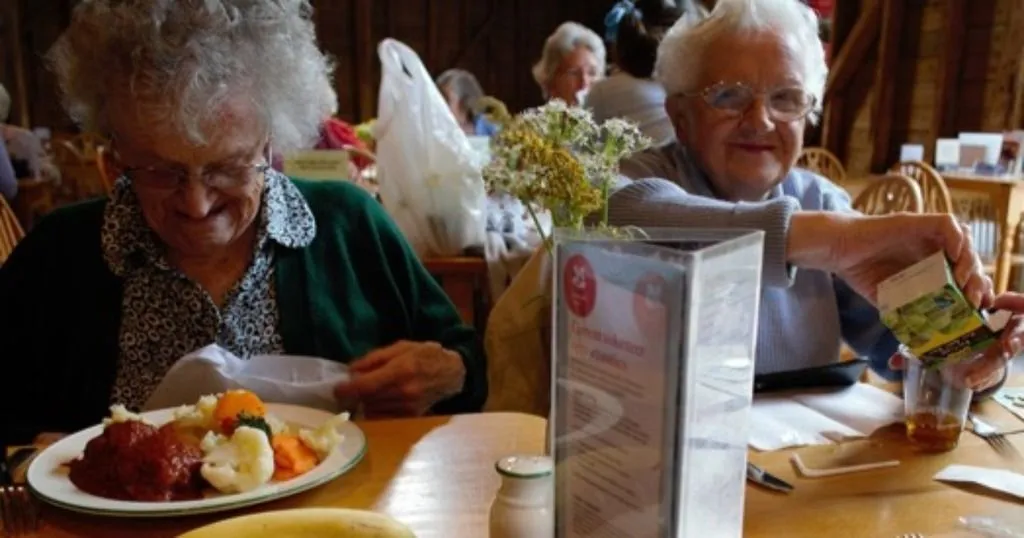Nurse patient interaction - two coding schemes
The world's population is ageing. International dementia and Alzheimer organizations state that there are an estimated 36 million people worldwide with dementia.
Posted by
Published on
Mon 02 Jul. 2012
Topics
| Coding Schemes | Doctor-patient Interaction | On-site Research | The Observer XT |

The world's population is ageing. International dementia and Alzheimer organizations state that there are an estimated 36 million people worldwide with dementia. And that figure is set to increase to more than 115 million people by 2050. Since dementia primarily affects older people who are often in need of special care, the number of people living in nursing or senior living homes has increased dramatically.
Cultural living
People with a specific cultural background such as Hindustani people or Korean Americans will establish their own nursing homes to incorporate cultural living into daily care and activities.
Why?
Sometimes what is seen as polite in one culture can be seen as impolite in another. For example, when you lower your eyes in Japan it is interpreted as a sign of respect as if talking to someone superior. However, when doing the same in a western country, such as the UK or The Netherlands, it might be interpreted as evasive, lying, or uninterested.
Two social interaction coding schemes
One study which provides more insight in this cultural phenomenon has been conducted by Kim and Woods (2012). They looked into social interactions between direct-care staff and Korean Americans with dementia. As a research method, they chose direct observation and explain that this method is more accurate than proxy reporting to quantify the frequency of behavioral symptoms of dementia (McCann, 1997). Kim and Woods developed two social interaction coding schemes to measure the dementia competent social interaction and culturally competent social interaction of direct-care staff in this Korean American nursing home. The latter is of course meant to measure the appropriateness of approaches of the direct-care staff.
Kim and Woods used Pocket Observer to collect data which is software that runs on handheld devices including smartphones. This handheld observation system doesn’t attract much attention and can easily be combined with The Observer XT research software to further analyze the collected data. Two research assistants observed and coded behaviors of direct-care staff during care activities.
Improve care for enthnic minority older adults in nursing homes
The researchers summarize that this study provides potential schemes to assess direct-care staff’s competence in social interactions as a starting point to improve care for ethnic minority older adults in Nursing homes. However, they also mention some limitations, for example that the results of this study cannot be generalized to non-Korean older persons or Korean Americans still living at home. More research is needed to validate the coding schemes.
References
- Kim, H.; Woods, D.L. (2012). The development of direct-care staff social interaction coding schemas for nursing home residents with dementia. Geriatric Nursing, 33 (2), 113-117.
- McCann, J.J.; Gilley, D.W.; Hebert, L.E.; Beckett, L.A.; Evens, D.A. (1997). Concordance between direct observation and staff rating of behavior in nursing home residents with Alzheimer’s disease. Journal of Gerontology, 52B, 63-72.
Related Posts

Doctor-patient communication training program evaluated

What is simulation-based training?

